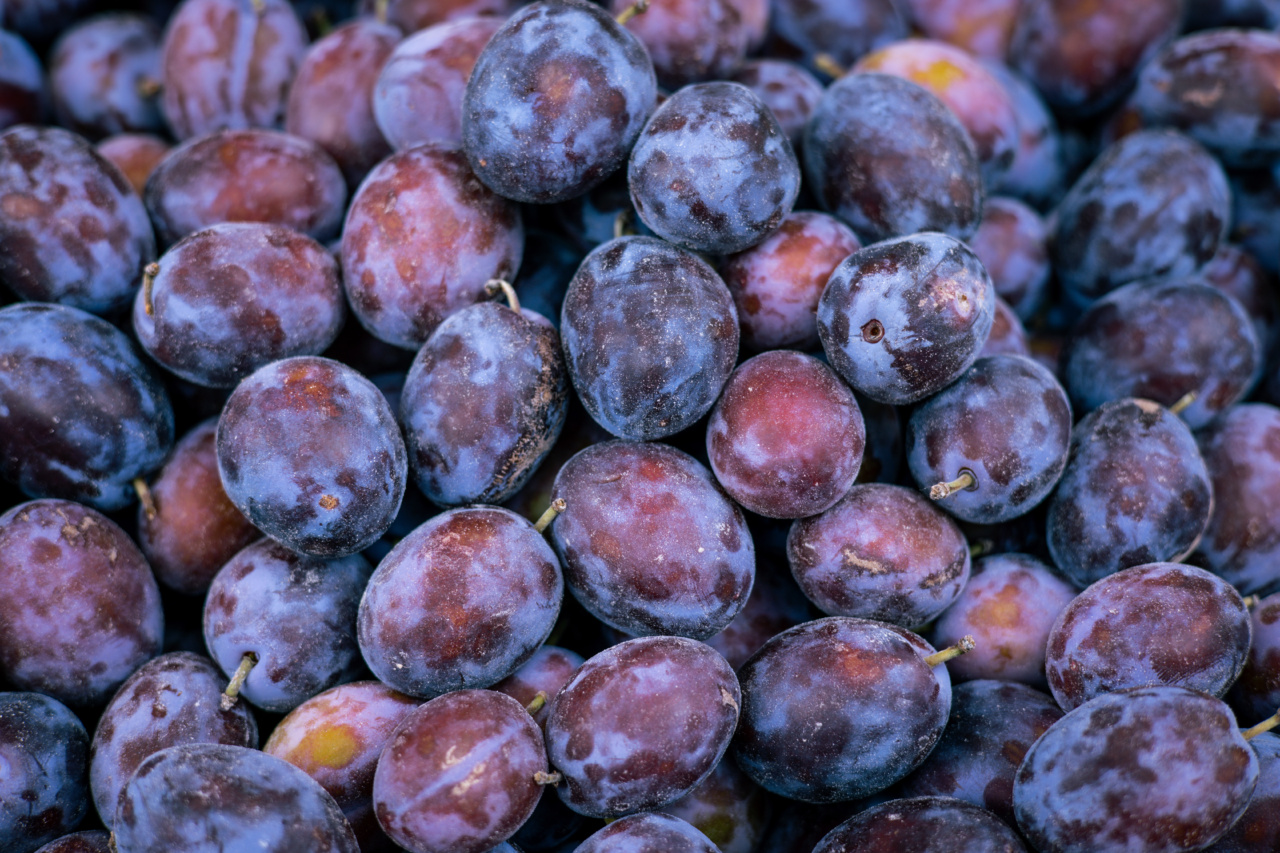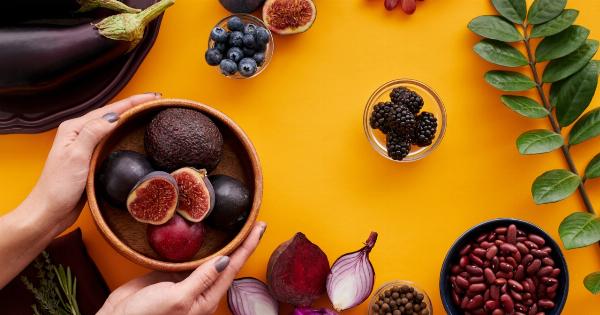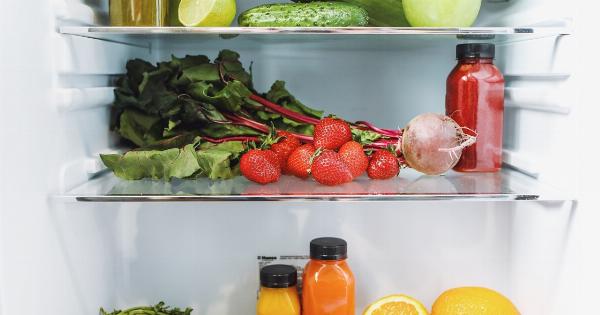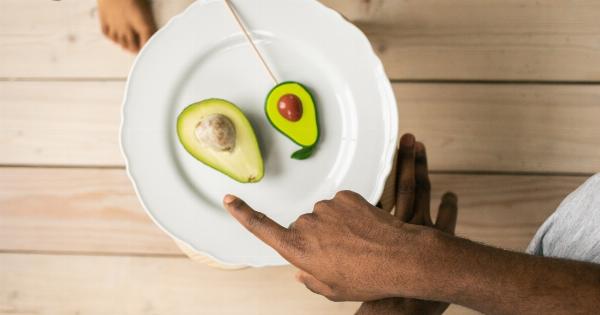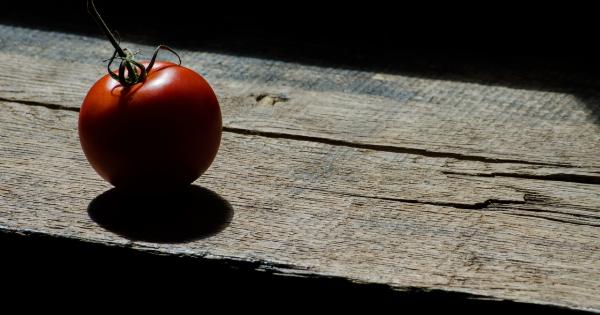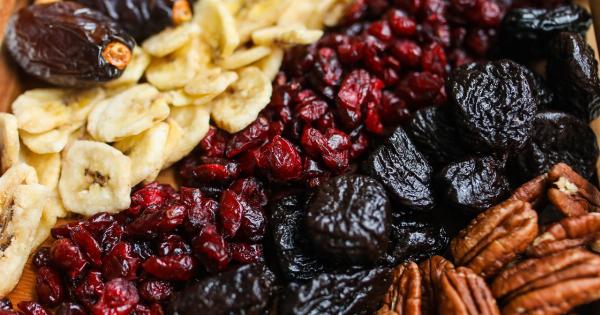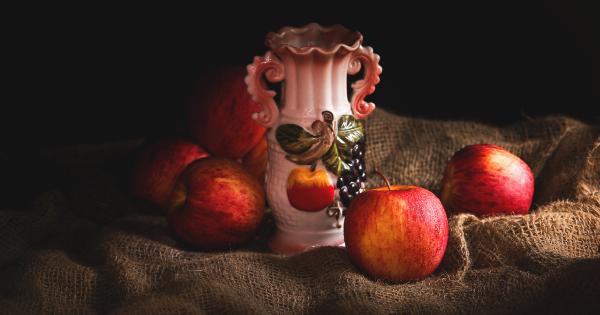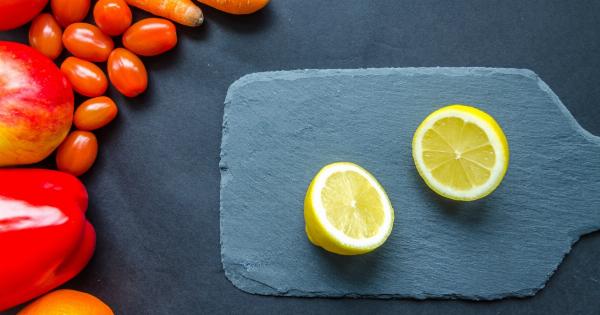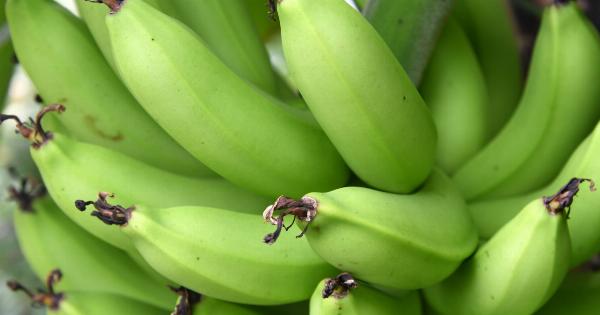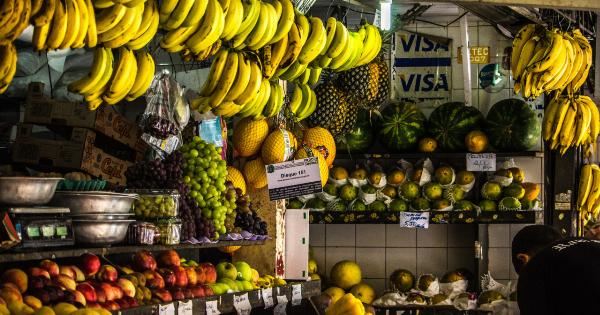Plums are a delicious and nutritious fruit enjoyed by many.
However, it may come as a surprise to some that plums are often classified as “surplus.” This means that there are more plums available than can be sold at market value and therefore may be discarded. Why is this the case?.
Overproduction and Seasonality
One of the main reasons plums are classified as surplus is due to overproduction and seasonality. Plum trees can produce an impressive amount of fruit each season, and if not managed properly, this can lead to an oversupply.
Additionally, plums have a relatively short season — typically from May to September in the Northern Hemisphere — which means the demand for fresh plums drops significantly outside of this window. When demand is lower than supply, plum farmers are left with excess fruit and must decide what to do with it. Enter the classification of “surplus.”.
Quality Standards and Consumer Preferences
Another reason plums may be classified as surplus is related to quality standards and consumer preferences. The market for fresh produce is highly competitive, and in order to be sold at market value, fruits and vegetables must meet certain criteria.
For example, plums must be a certain size, color, and texture to be considered high-quality produce. If a batch of plums does not meet these standards, it may be classified as surplus and not sold at market value.
Similarly, consumer preferences can shift for a variety of reasons, and if plums fall out of favor, they may be deemed surplus by farmers and not sold at market value.
Waste and Food Insecurity
Perhaps the most concerning reason plums are classified as surplus is related to waste and food insecurity. When farmers have excess fruit that cannot be sold at market value, it may be discarded or left to rot in the fields.
This not only contributes to food waste, but it also means that perfectly good produce is going to waste at a time when many people are food insecure. According to the United Nations, roughly one-third of all food produced globally is lost or wasted each year, which equates to nearly 1.3 billion tons of food.
In a world where hunger and malnutrition are still prevalent, this is a staggering statistic.
What Can Be Done?
There are several things that can be done to reduce the amount of surplus plums and other produce. One strategy is to improve supply chain logistics to ensure that excess fruit gets distributed to people in need instead of being discarded.
This may involve partnering with local food banks or other organizations to collect and distribute the surplus produce. Additionally, consumers can play a role in reducing food waste by buying “ugly” produce (i.e.
produce that does not meet traditional quality standards but is perfectly good to eat) and supporting local farmers who may have surplus fruit to sell at a discounted price.
Conclusion
In conclusion, plums are often classified as surplus due to overproduction, seasonality, quality standards, and consumer preferences. While this may seem like a relatively small issue, it has larger implications for both food waste and food insecurity.
By improving supply chain logistics, supporting local farmers, and buying “ugly” produce, we can all play a role in reducing food waste and ensuring that everyone has access to healthy, nutritious food.
